It’s funny how some of the most insignificant things can have the greatest impact on our lives. For me, it was the brick wall constructed outside of the crawl space doors of my parents’ house. As a kid, I would spend hours on my hands and knees exploring this man-made habitat. Carefully, I would remove the bricks, one at a time, quickly catching sight of whatever organisms might be living beneath each one before they scurried down to the brick below. There were ants and spiders, caterpillars and flies — a plethora of arthropods.
Yet the closer I got to ground level, the more excited I became as the bricks were damp here and even more interesting critters awaited discovery. I captured worms, slugs, centipedes and millipedes. As I loosened the bricks that had contact with the ground, I was particularly careful, as I knew there was always a chance to nab a red-backed salamander or an American toad. I was delighted by anything I came across, but there was one critter that just amused me to no end — the sowbug — aka pill bug, woodlouse, potato bug or roly-poly.
Belonging to a group known as Isopods, an order of crustaceans, these terrestrial organisms are more closely related to lobsters than they are to insects. At 1/2 inch in length, their gray, flattened bodies are made up of plate-like segments which overlap much like those of an armadillo.
Oval in shape, they move quickly on seven pairs of legs and have two visible elbowed antennae that jut out from the front of their heads. Respiration is achieved through five pairs of gills beneath their bodies, requiring them to always remain in moist environments.
Groups of sowbugs are often found in close association with each other. After mating, females store their fertilized eggs in a pouch beneath their bodies for several weeks. Upon hatching, they brood their young for an additional two months in this manner before they finally disperse, taking up to several months to mature. A sowbug may live to the ripe old age of three years.
Sowbugs and pill bugs
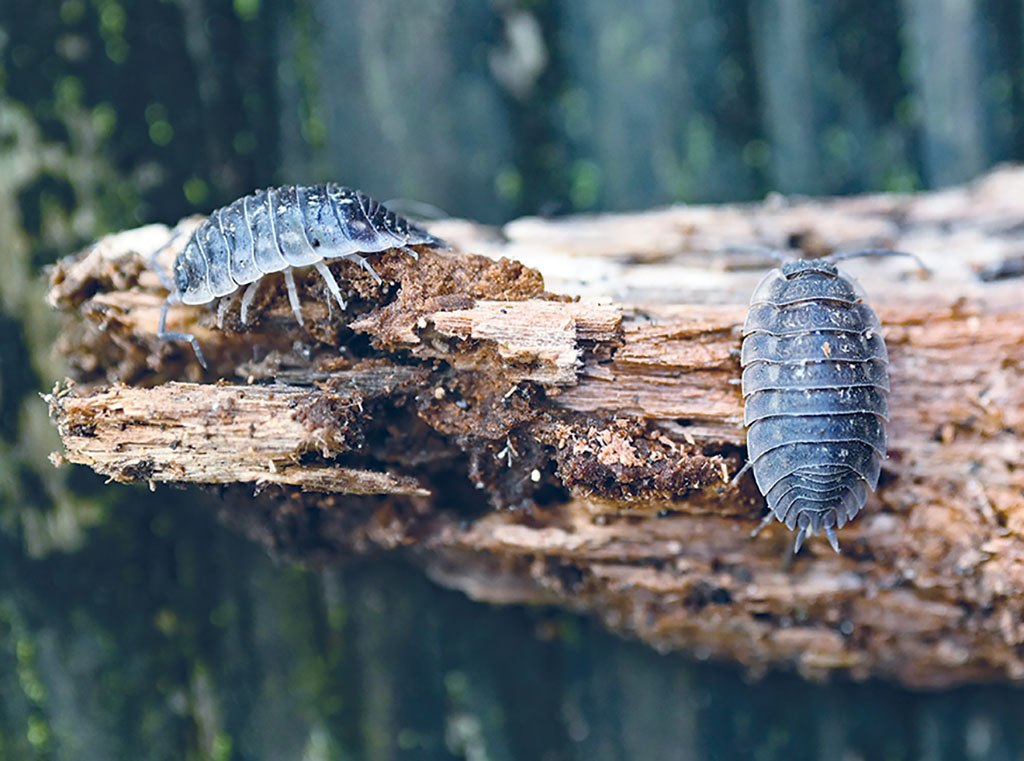
It wasn’t until years later, as my interest in arthropods deepened, that I came to realize that sowbugs and pill bugs belonged to different families. Pill bugs (family Armadilidiidae) and sowbugs (family Porcellionidae), although closely related, do have some differences. Pill bugs have the ability to roll up into a tight ball, like a little pill, a behavior that has earned them the name roly-polies. Coiling up in this manner not only protects them from predators but helps them retain moisture so important for their survival. Sowbugs, a bit larger than pill bugs, can be recognized by two small tail appendages that extend beyond the final segment of their body. Unlike pill bugs, they are unable to roll up their bodies for protection.
Neither pill bugs nor sowbugs bite or sting. They are completely harmless. Both feed on decaying plant and animal matter, making them important decomposers within the environment. In fact, their ability to recycle valuable nutrients, augmenting soil health, makes them extremely beneficial. Their need for moist environments often lands them around building foundations and in basements where they cause no harm.
I didn’t realize until I wrote this article just how important those bricks were to my childhood. When I was done scrutinizing what the structure had to offer, I would carefully replace each brick, rebuilding the wall, being careful not to squash any of the animals beneath. Once back in place, I would depart, always wondering what my next visit might divulge. Looking back on it now, those bricks represented the building blocks of my childhood – the building blocks of my life. They laid the foundation for my interest in the natural world, and I will fondly retain the memories of sowbugs and brick walls for the rest of my life.


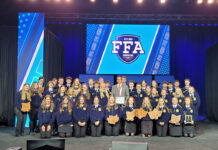
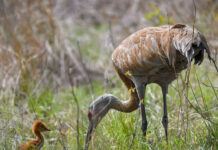


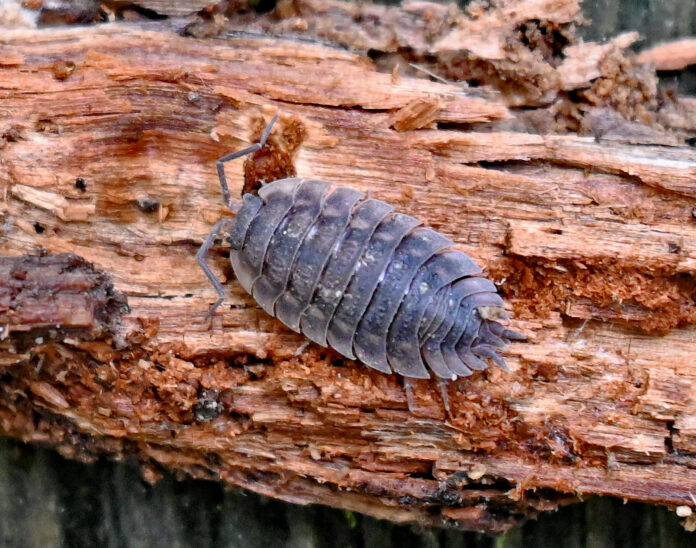
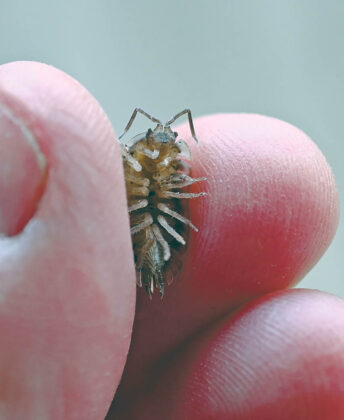
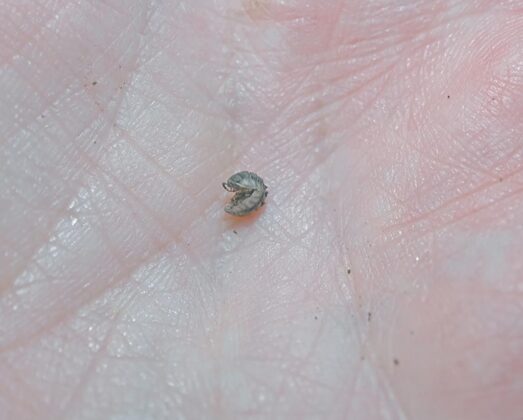
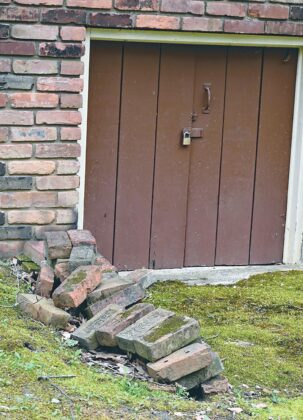
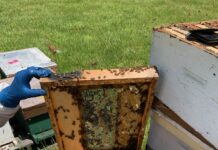
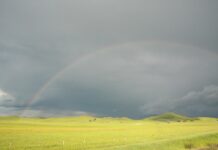





I love reading all of your columns, Tami, and this has been one of my favorites! I did not know the difference between pill bugs and sow bugs, and I certainly did not know how crucial moisture is to their survival. I certainly did not know anything about their reproduction.
I loved, too, how careful and sensitive you were to them even as a child.
I’ll be watching for them in my natural backyard, especially now that I will know the difference between a sowbug and a pillbug.